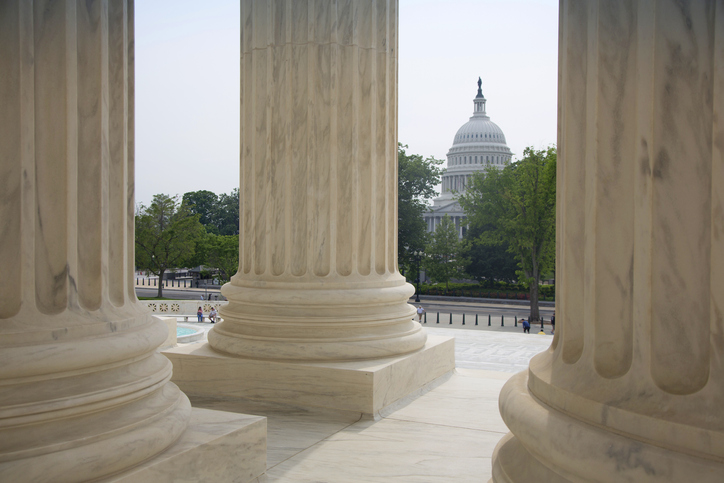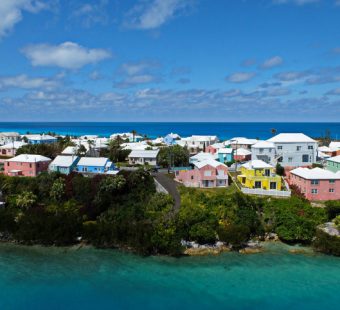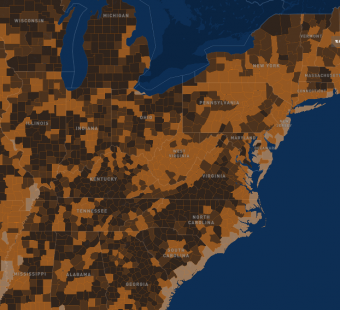
Triple-I to Treasury: Insurers Are Tackling Climate Risk, But Federal Agencies Have a Role to Play
Jeff Dunsavage, Senior Research Analyst, Triple-I (11/18/2021)
Insurers have long had a stake in addressing climate-related risks and are well equipped to continue serving as financial first responders, Triple-I executives said in response to a federal request for information on insurance and climate-related financial risks.
At the same time, they noted, federal agencies have a big role to play.
The U.S. Treasury Department’s Federal Insurance Office (FIO) had sought insights into climate-related issues, potential gaps in the supervision and regulation of U.S. insurers, and the availability and affordability of insurance, among other matters. In their response, Triple-I CEO Sean Kevelighan and Chief Insurance Officer Dale Porfilio noted that four of the five costliest natural disasters in U.S. history, originated as tropical storms within the past decade. Moreover, eight of the 10 costliest wildfires in U.S. history have occurred since 2017.
“Insurers are no strangers to climate and extreme-weather risk,” they stated. “We may not always have talked about the issue in those terms, but our industry has had a financial stake in it for decades.”
Insurers and reinsurers are well capitalized to absorb the short-term impacts of individual events, they said, explaining that the property/casualty insurance industry’s policyholder surplus – the financial cushion insurers are required to maintain to protect policyholders from unexpected or catastrophic losses – was $914 billion at the end of 2020. In addition, most of the industry’s investment portfolio ($9.7 trillion of assets under management) is in municipal and other highly rated bonds.
“These stable investments not only help ensure that funds are available to pay claims,” the Triple-I executives said. “They also support a wide range of economic activities and community development.”
Among its recommendations, Triple-I said FIO “should participate in all federal discussions of climate risk, including the Special Presidential Envoy for Climate’s activities. It also should take advantage of the excellent research being conducted in the insurance and other business sectors, as well as academia, to remain current on issues and activities.”
Triple-I cited the National Association of Insurance Commissioners’ (NAIC) Own Risk and Solvency Assessment (ORSA) protocol as a strong regulatory framework for supervision of climate-risk and financial solvency. It cautioned against imposing new regulations on this already heavily regulated sector, which “has a long history of providing stability during periods of difficulty and crisis.”
The ability to price coverage consistently with expected costs is essential to the industry’s stability and strength, Triple-I noted.
“In markets where pricing is constrained – whether by state fiat or due to risk conditions that limit insurers’ underwriting appetite – hurricane and earthquake needs are being met by residual market solutions” that make basic coverage more readily available, Triple-I said. “California, Florida, Louisiana, and North Carolina have large residual markets due, at least in part, to pricing restrictions. Such areas could be vulnerable to disruption after a major event, pushing the cost along to taxpayers.”
The complexity of ensuring that insurance is available and affordable is compounded by aggregation of diverse hazards involved in climate risk. Triple-I said FIO and other federal agencies can “keep a lid on losses and claims by helping to drive advances in pre-emptive mitigation and resilience.”
To the extent that they can do this, insurers and risk managers will be able to continue doing what they already are doing well.



